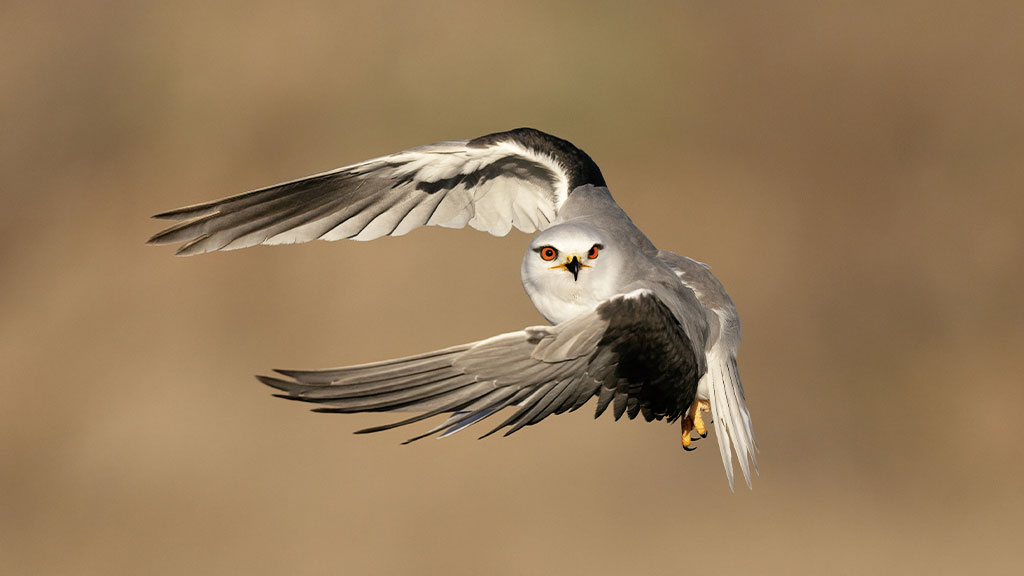Why do birds sing, and what do their calls mean?
What do the songs and calls of birds mean, why do they sing more at certain times of the day or year and is it emotional or purely a means of survival?
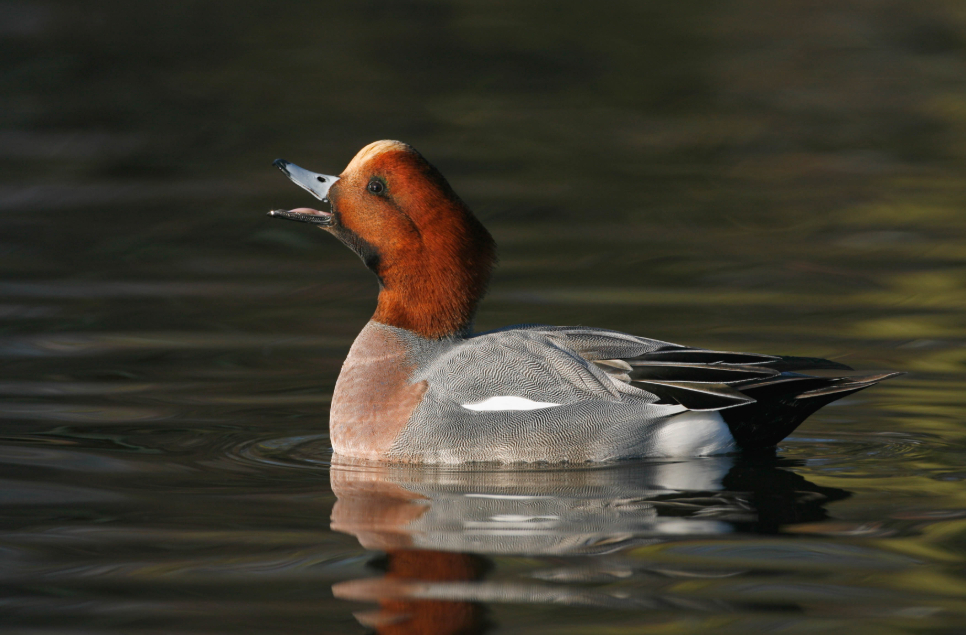
Only birds classified as songbirds, an order which covers just over 50% of all birds in the world, produce 'birdsong’ in the purest sense of the word. However, birds not in the order can make appealing vocalisations or other sounds, although they don’t have as complex vocal apparatus as songbirds.
The sounds of ducks and geese, waders and gulls are usually termed calls. This is a catch-all word that can mean any sound made in social interaction, conversation or alarm, anger, flocking or threat. Sometimes these can even be melodic, but more often than not they’re just honks, quacks, grunts, wheezes or growls. But this isn’t something that puts off Martin McGill, Senior Reserve Warden at WWT Slimbridge.
"Between them ducks make an impressive chorus. Personally I love the sound and we even have an idea of what the ducks are saying."
Why do wetland birds make sounds?
Calls are simple sounds, usually just one or two syllables long, or a trill or ripple. Yet they’re full of meaning, albeit somewhat elemental, such as ‘go-away’ or ‘watch out’. Something humans have learnt to take advantage of over the years.
Because domestic geese are territorial and considered to be very watchful and inquisitive, they’re used as ‘watchdogs’. In Malaysia they’re kept to drive snakes away from cocoa and rubber plantations. Their loud calls frighten away the deadly black cobras, so protecting workers from the snakes' fatal bites. On farms they’re sometimes used to protect other domestic birds from predators and they’ve even been used to guard whisky warehouses in Scotland and military facilities in Europe.
Bird calls perform other purposes too. They’re also used to convey information, such as the location of a bird or to keep a flock together, like those made by Bewick’s and whooper swans during flight. But while you’ll hear wetland birds making sounds throughout the year, it’s much more obvious and frequent during courtship and nesting and it’s at this time of year you’re likely to get the sweetest sounds. True bird songs – those intense, complicated, often tuneful utterances with multiple notes - are at heart signals of firm intent, all delivered by territorial males. Their meaning to other males – ‘stay away from my territory, it’s occupied.’
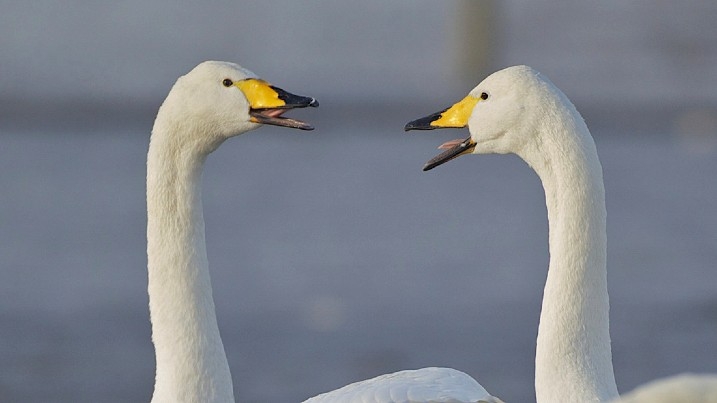
In temperate zones, the breeding season for most is in the spring. And with it comes the accompanying cacophony of sounds, as WWT’s Martin McGill, explains.
"The breathless whistle from a mallard and the lovely ‘wee-oo’ of the wigeon are both made during communal courtship. After a while the females learn to recognise the voice of their chosen mate and pairing slowly takes place."
How complex are the sounds wetland birds make?
Songs are complex sounds typically used to attract mates and defend territories and the quacks or calls of ducks are no different and can be both subtle and varied, as Martin explains.
"The female mallard has a number of calls. The loud, rasping “belly laugh” quacking that you hear is usually made when she is separated from her mate, to tell him where she is. In the summer you can also a hear a persistent never-ending quack, monotonous on one note. That’s made during nest-site selection, perhaps to flush out predators to see how many are around. The female also has a different quack – a sort of “queg” – she makes to her favourite male in a display group."
So there’s no doubt that waterbirds make music, just not music as we know it and it’s just as lively and exciting as the sweeter, more celebrated bird songs. The little grebe’s breeding call, which is given singly or in duet, is a trilled repeated ‘weet-weet-weet’ or ‘wee-wee-wee’, which sounds like a horse whinnying.
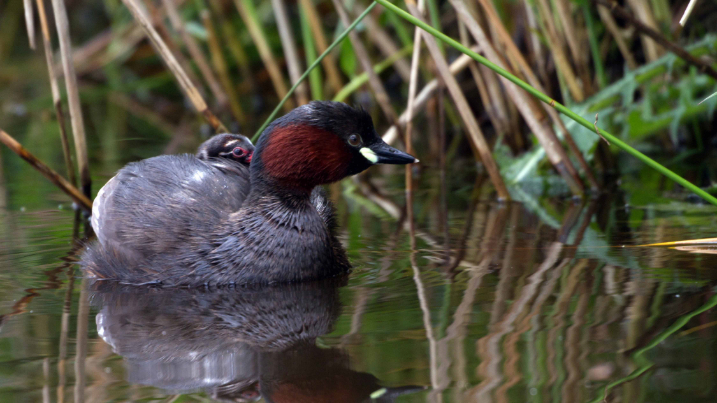
The male sedge warbler, a songbird, introduces random phrases into his repertoire, never singing the same song twice in order to attract mates. We presume females are more attracted to males with more complex songs. But we still don’t quite understand why.
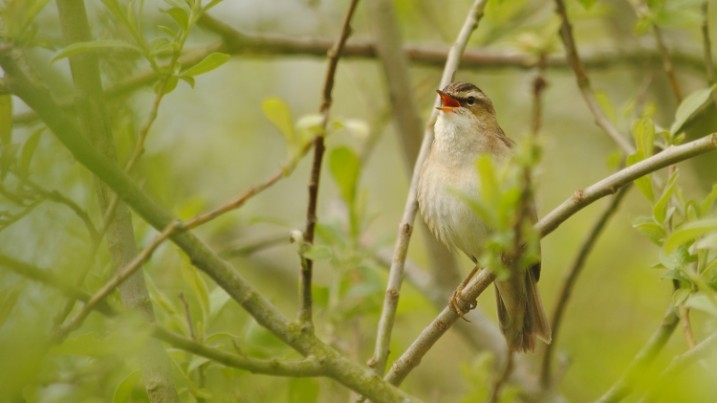
Why do birds sing at dawn?
Curiously, the pre-dawn cacophony is not yet fully understood by scientists. Multiple hypotheses suggest that it could be a roll call of occupied territories, allowing any absentees to be noted and their space to be invaded. Dawn is also a good time acoustically to transmit sounds. As well as a lack of background noise, the reduced wind and air turbulence typical of this time of day mean that birdsong at dawn carries further and is up to 20 times more effective than at noon. It’s also a time when it’s too dark to feed. Later in the season, dawn is the time of day when females are most fertile so a male must sing with gusto to hold on to his mate.
But for ducks it’s a different story. They often pair up on their wintering grounds so they don’t tend to hold territories. So while the male’s sounds are for the benefit of the female, they’re mainly made to help her recognise her favourite beau out of a group displaying together. The sounds on their own aren’t enough and are accompanied by a choreographed visual courtship as well.
How do birds make sounds?
Humans have a larynx, which is a set of muscles and cartilage on top of the trachea that leads to the lungs. As the air flows over it, it produces sounds. Birds have a similar structure, a syrinx, which in many songbirds is not much bigger than a raindrop. However in birds it’s located on the bottom of the trachea, closer to the lungs and air sacs. This means it’s much more efficient for sound production. It uses nearly all the air that passes through it. By contrast a human creates sound using only 2% of the air exhaled through the larynx.
It comes as no surprise to learn that the rich variety of bird sounds that we can hear is created by the huge number of sound-related modifications found in the bird world. Swans have a long trachea that curls into the sternum and it’s this that allows the production of their low-frequency sounds. Swiftlets produce sounds similar to sonar for navigation, which helps them find their way in the dark places they often inhabit. Some birds like bushshrikes, tawny owls and babblers engage in antiphonal singing – where one bird in a pair sings, followed by the other so creating a song that sounds like its just one bird singing.
How well can birds hear?
When you realise how complex birds’ calls and sounds are it comes as no surprise to learn that birds have pretty acute hearing. Although most lack an external ear, their ear construction and the range of frequencies they can detect are similar to mammals. Owls can hear particularly well because they have external pinnae, that help to capture sound. They’re also asymmetrical which means they can pinpoint the direction of the sound. The ‘ears’ you can see on long-eared, short-eared and eagle owls are nothing to do with hearing, and are most likely used for signalling and communication.
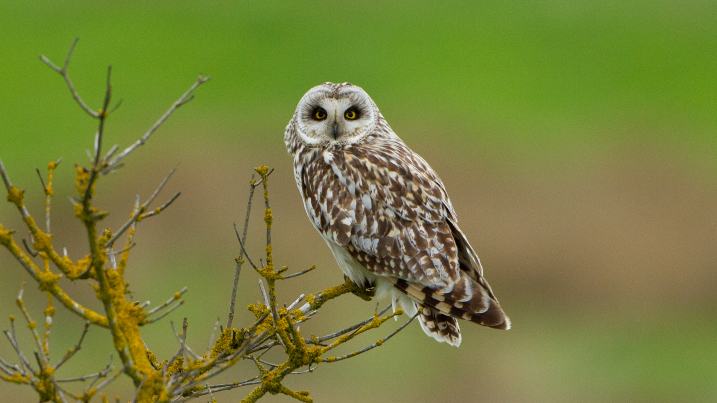
Since many birds use calls or songs for courtship, identification or territory defence, having good hearing is vital for their survival. So birds have come up with another ingenious solution. In mammals the little hair cells that transmit sound from the ear to the brain die off as the animals get older, causing increasing degrees of deafness. But in birds their hair cells are regenerated so they can maintain acute hearing throughout their life.
How do birds learn their songs and calls?
Ducks and other non-songbirds inherit their calls. But in most songbirds there is also an element of learning required before they can sing properly. Years ago, singing canaries were popular. A radio show in the US in the 1940s featured dozens of canaries singing along with classical records. There was even a canary song training record you could buy to use at home to teach your canary to sing.
Experiments have shown that young birds, isolated from their parents sing a song, but it’s incomplete and only partially true to their species. They inherit a ‘template’, which they then add to once they hear other songs around them. Young birds have to learn the full song by listening to other birds in the spring or summer the year they are hatched. Their initial attempts are often quite poor, but practice eventually makes perfect.
Do birds sing for sheer joy and exuberance?
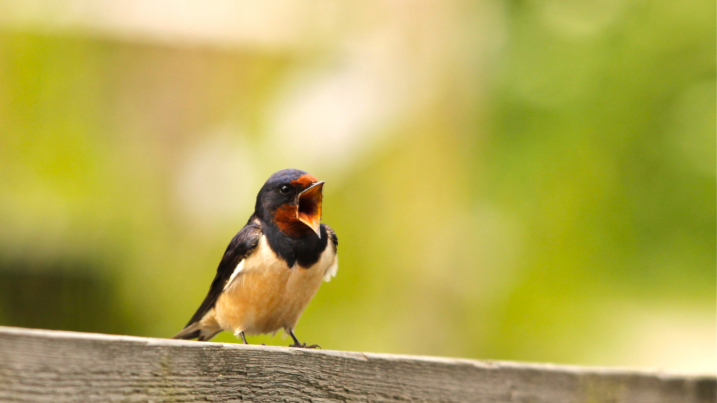
Poets might disagree, but birds sing primarily not for enjoyment but survival. Singing serves reproductive activities which are necessary for the passing on of genes to the next generation. If singing were solely an expression of joy, both males and females might do it whenever they felt like it. Yet as we’ve already seen, singing usually occurs during the breeding season and at specific times of the day and typically it’s only the males that sing. It’s also potentially dangerous as it attracts attention from competitors and predators. So is Coleridge’s nightingale or WB Yeat’s curlew singing from pure emotion? Probably no, but there’s nothing to show that they don’t enjoy it, and since they are only able to breed and attract a mate when they have good habitat and health, perhaps this is birds at their happiest.
Learning to recognise bird calls
It takes a bit of practice to identify birds by their songs or calls but it’s worth persisting as birding by ear is a valuable skill for any birder. It’s particularly useful in spring and summer when the trees are in leaf, the grass is long, the reedbeds are thick, and most of the birds are hiding out of sight.
Understanding and recognising sounds, rather than just relying on visual identifications alone, will give a much richer and more enjoyable birding experience and means you’ll be able to identify birds, even when you can’t always see them.
Why not give it a go with our easy guide to some of the bird calls you’re likely to hear on the UK’s wetlands.
Wetland bird calls to listen out for